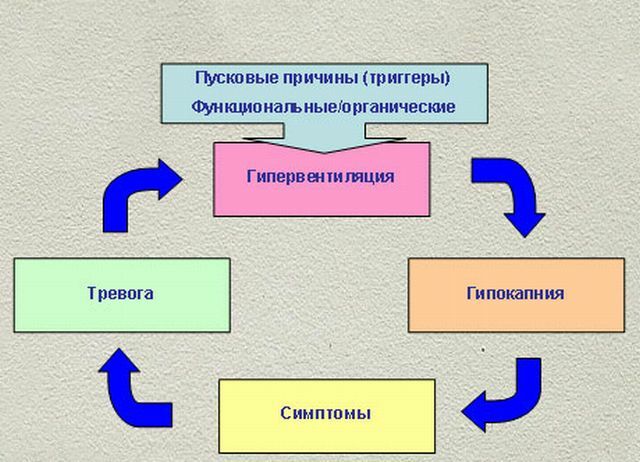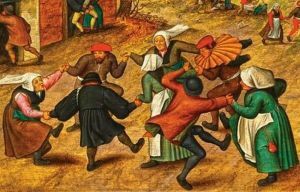 The dance of St. Witt( chorea) is a neurological symptom that is characterized by the presence in the mimic movements of a person of some randomness and abruptness, remotely resembling a dance.
The dance of St. Witt( chorea) is a neurological symptom that is characterized by the presence in the mimic movements of a person of some randomness and abruptness, remotely resembling a dance.
Mimic movements performed by a sick person differ from normal movements only in amplitude and intensity.
Contents
- History of the term
- Diseases inherent in Vittova's dance
- Huntington's disease - a horseradish dance on the bones of medicine
- Provoking factors
- Symptoms
- Diagnostic criteria
- What does medicine offer?
- Small chorea
History of the emergence of the term
At this stage in the development of medicine, three main names are used:
- dances of St. Witt;
- small trot;
- Huntington's disease, as the main neurological disease, for which this symptom is characteristic.
The first term is known from medieval times and was invented by people far from medicine and neurology.
Saint Witt is a historical character, known to all Orthodox people, who lived in the period of the defeat of the Roman Empire. Saint Witt was a young righteous man, who died as a result of the persecutions of Emperor Diocletian to all representatives of the Christian faith. After more than a millennium, the name of this saint began to be associated with "dancing", as a result of which even a certain belief appeared on the territory of Germany.
Its essence was that every person who on June 15( the day of his memory) dances next to the statue of St. Witt, will receive a charge of vivacity for a whole year ahead. This led to the fact that every year near each statue of the saint there was a multi-kilometer line, and most of the dances were quite expressive.
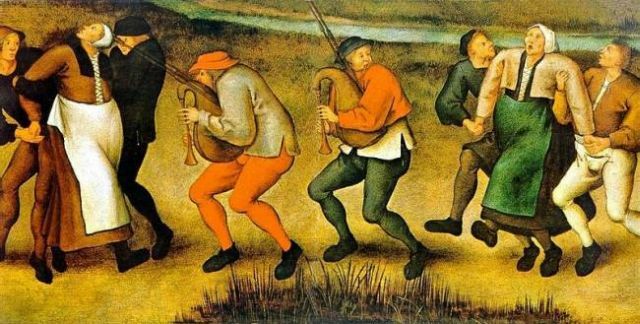
The second term appeared already from the lips of professional neurologists who decided to call uncontrollable movements of the chorea.
In turn, the third term is known to people since 1872, when George Hennington presented a detailed description of all the features of the disease on the Medical Science Society in Ohio.
Diseases inherent in Witt's dance
The dance of St. Witt is a symptom that is inherent in a huge number of different neurological diseases, among which  can be identified as follows:
can be identified as follows:
- focal pathologies of the cerebral circulation in the zone of the subcortical nodes;
- encephalitis of the viral type;
- is lupus erythematosus.
In addition, it should be noted that choreic hyperkinesis is characteristic of hypotension.
Huntington's disease - a horseracing dance on the bones of medicine
Huntington's chorea( second name) is a hereditary type of disease that most often manifests itself at the age of 25-50 years, cases of earlier development of the disease are rare. Much more likely to be affected by males.
The disease is characterized not only by the appearance of involuntary movements, but also by a significant decrease in intelligence, up to complete loss of personality.
Developing ailment gradually, as a rule, to catch the appearance of the first involuntary movements is quite difficult. In most cases, they appear in the area of the face and look like motoristic automatisms familiar to all, for example, licking lips, opening the mouth, protruding the tip of the tongue.
During the development of the disease, involuntary movements can occur in the hands( periodic twitching of the fingers) and the trunk, in the latter case there are serious changes in gait and general statics. Further, worse - it becomes difficult for a person to talk, swallow and chew, he loses memory and can not remember such elementary things as how to breathe properly, smile, keep a fork or spoon in his hand.
Provoking Factors
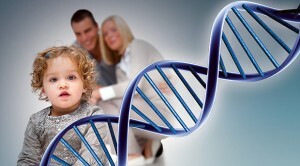 Because Huntington's disease is hereditary, the main cause of its occurrence is genetic pathology.
Because Huntington's disease is hereditary, the main cause of its occurrence is genetic pathology.
The dynamic type of gene mutation provokes problems in the normal packing of protein and its acquisition of toxic features. As a result, this protein accumulates in individual cells, which later die.
Transmission of the disease occurs through an autosomal dominant path, that is, from a sick parent to a child. At the same time, it does not matter which of the parents is sick, the probability of transmission of pathology is 50%.
It should be noted that the transmission of an anomaly is possible only in a vertical way, that is, from a sick parent to a child. If the transmission of the disease has not occurred, then the child and his future children will already be healthy. The disease does not manifest itself through the generation.
Symptoms of
The most striking symptoms of the manifestation of the disease are the constantly increasing involuntary movements and grimaces on the face.  A sick person is not able to exercise control over his motor activity. In the process of speech, there may be smacking, a person starts to snort often, while walking, you can observe slight wiggles.
A sick person is not able to exercise control over his motor activity. In the process of speech, there may be smacking, a person starts to snort often, while walking, you can observe slight wiggles.
The primary stages of the development of the disease are characterized by excessive excitability, minor forgetfulness, which, as the disease progresses, increases until it becomes dementia.
Diagnostic criteria
Diagnosis of the disease is carried out on the basis of a survey of a neurologist, symptoms and manifestations of this kind of disease in parents.
During the examination, the neurologist examines the following parameters:
- hearing condition;
- muscular strength;
- coordination during walking;
- reflexes;
- ability to maintain balance;
- presence of uncontrolled movements.
In addition, the doctor analyzes the patient's ability to track the movement of an object with his eyes only, this is due to the fact that in the presence of the above disease, this function is violated.
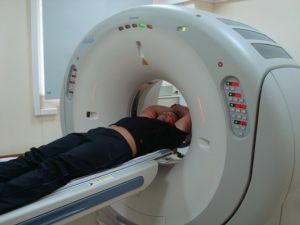 In order to detect whether there is a brain damage and what is the severity of the disorders, use imaging techniques, namely magnetic resonance imaging and computed tomography.
In order to detect whether there is a brain damage and what is the severity of the disorders, use imaging techniques, namely magnetic resonance imaging and computed tomography.
If the disease is present in one of the parents, then you can not do without passing the DNA diagnosis.
It should be noted that at this stage of the time there is also medical genetic counseling, where professionals consider cases of disease manifestation in individuals, help them to adapt in society, indicate the likelihood of having a sick child and methods that can reduce the risk of transmission of the disease.
What does medicine offer?
Before starting treatment of the disease, you should always consult an experienced neurologist. Self-medication in this case is fraught with rapid progression of pathology and the final loss of personality.
It should be understood that it is impossible to completely cure Huntington's chorea, since pathology is laid directly in the genes. But 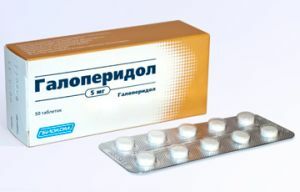 can slow down the development of the disease with the help of a number of medications, the action of which is aimed at reducing the activity of the destructive process. These drugs include haloperidol, phenothiazine, reserpine and others.
can slow down the development of the disease with the help of a number of medications, the action of which is aimed at reducing the activity of the destructive process. These drugs include haloperidol, phenothiazine, reserpine and others.
Unfortunately, in detecting this pathology, there is no favorable prognosis, since it is impossible to completely cure chorea.
But with the timely detection of early symptoms and the rapid onset of treatment, the process of the course of the destructive process in nerve cells can be slowed down.
Small chorea
Small chorea is a toxic-infectious disease that occurs as a result of the rheumatic process. It is most common in children and young people.
Characterized by the presence of the following manifestations:
- the child becomes uncomfortable;
- change of handwriting at the time of writing;
- excessive fussiness;
- problems with speech clarity;
- insomnia;
- there is the appearance of involuntary movements.
If the disease develops, involuntary movements become more frequent and noticeable, the child's mental balance is disrupted.
With timely treatment, it is possible to slow the development of pathological processes.
Despite the fact that the dance of St. Witte refers to the symptoms of incurable ailments, it is not necessary to give up, modern medicine gives a chance for a long life, even if passing in a constant struggle.



